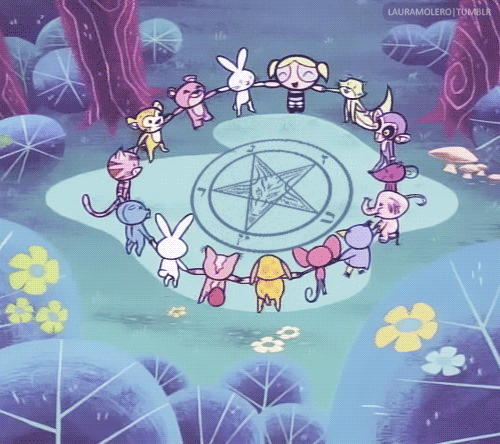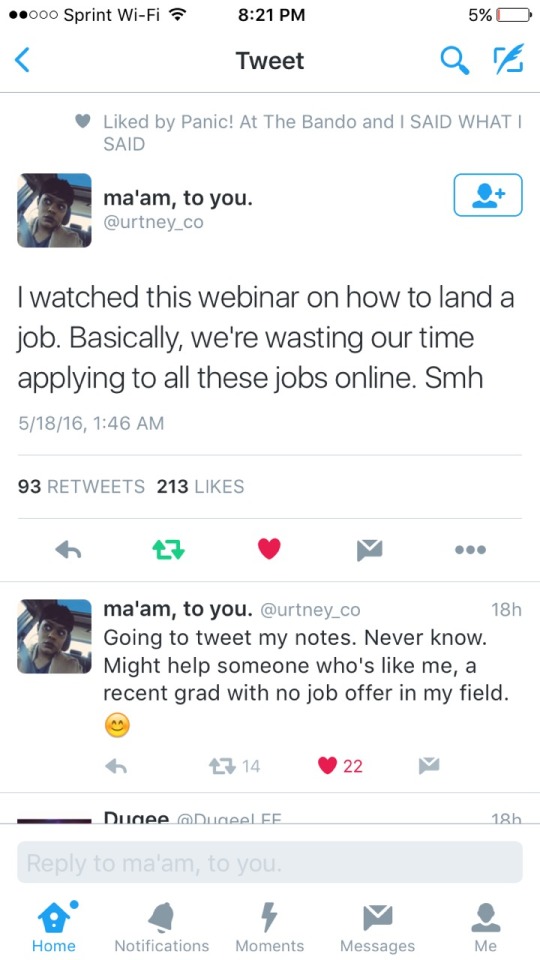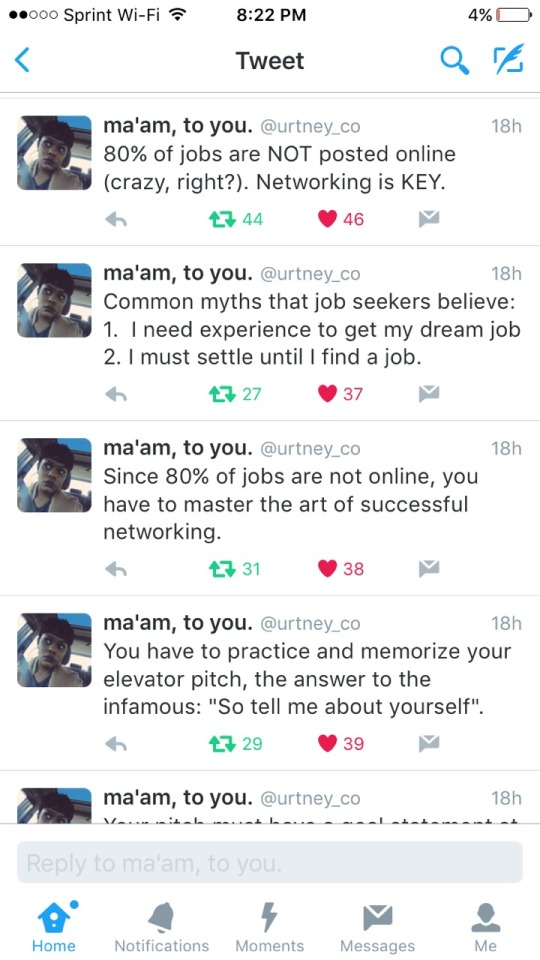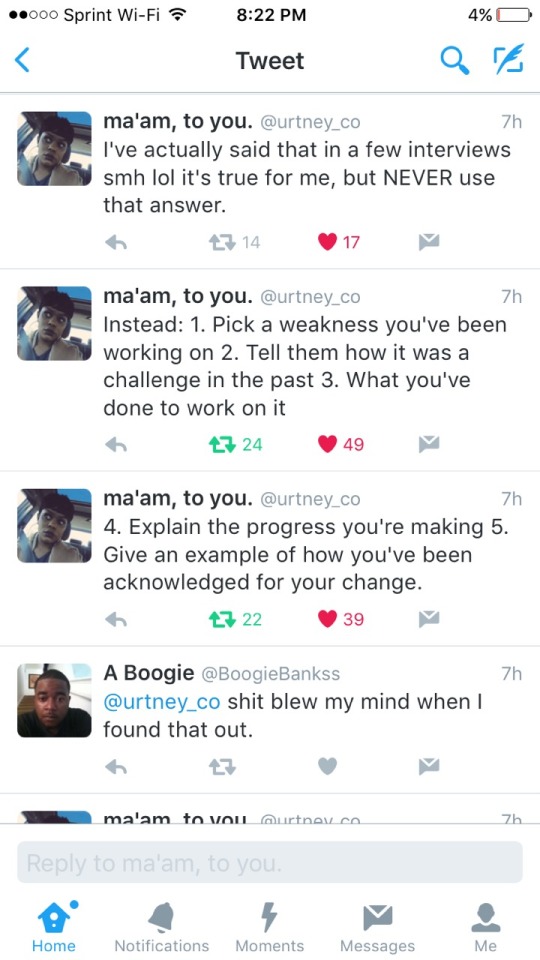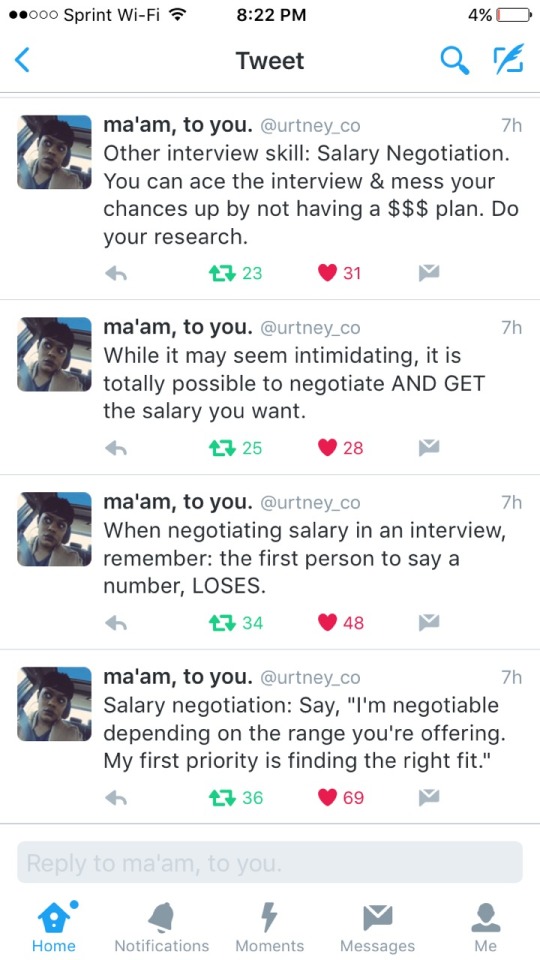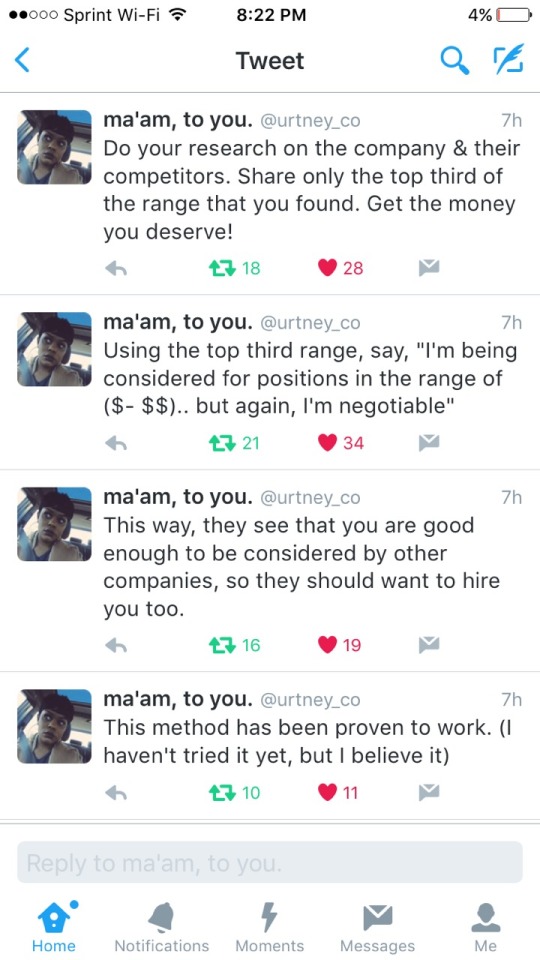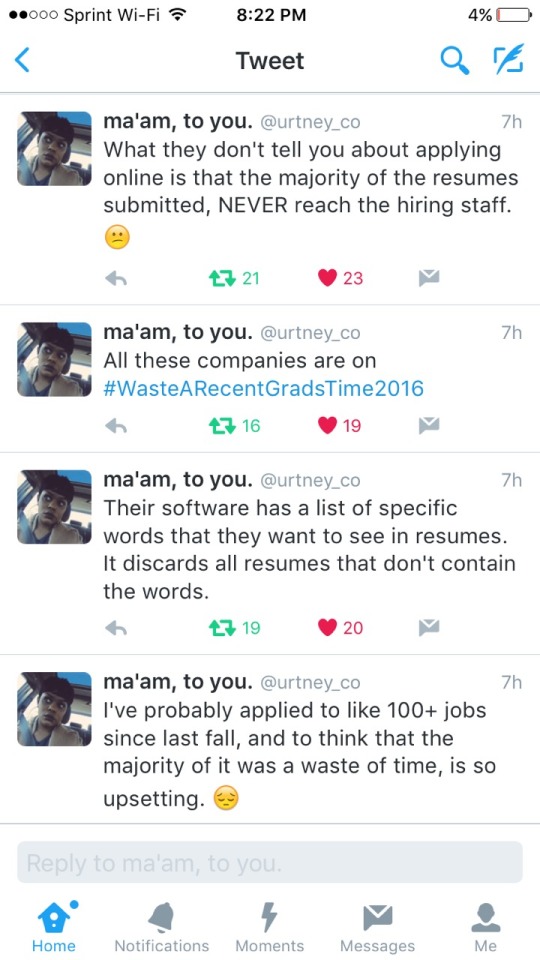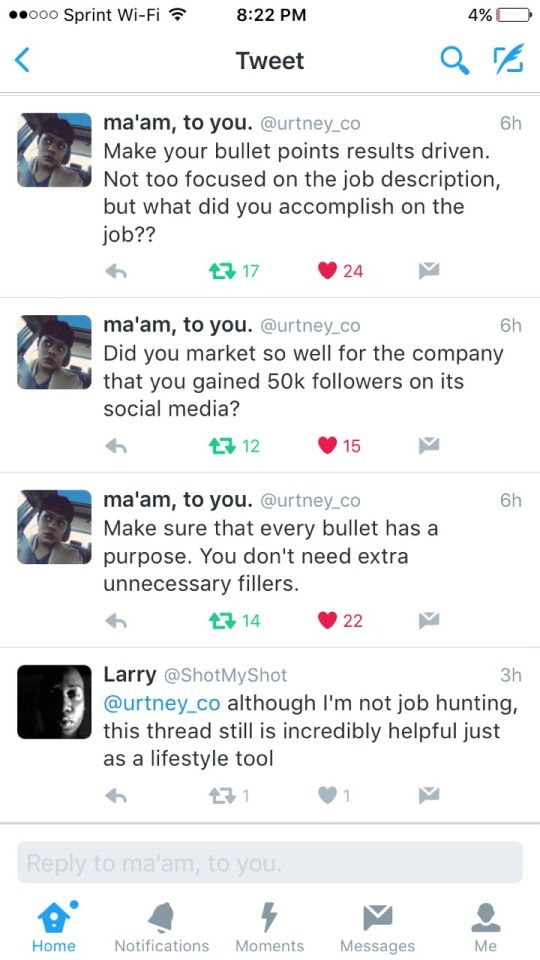Photo

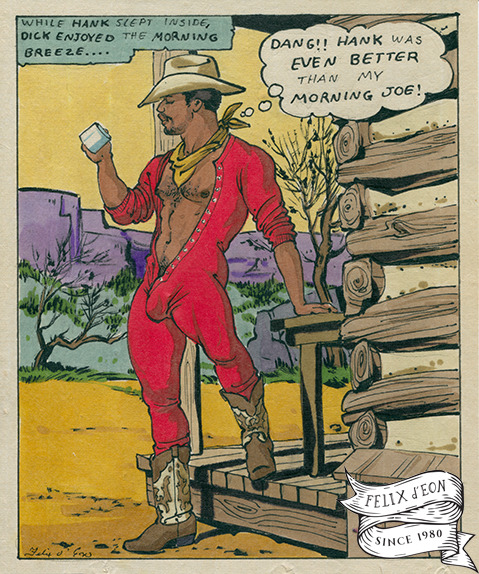
Cowboy scenes from the old West, of love, gay memories, and queer desire, in the style of vintage comic books. Available as prints in my Etsy shop.
601 notes
·
View notes
Photo







.crystal villain collection
i totally forgot that i made a .crystal villain collection too :) i only drew the females from the manga so have here the villains of the first and second arc :)
.please do not use without permission~
7K notes
·
View notes
Photo





Lana Del Rey shot by David LaChapelle for FLAUNT Magazine (2017)
1K notes
·
View notes
Photo

Arnisadores
Illustration for Esquire’s article about Arnis, the ancient Filipino martial art of cane combat.
2K notes
·
View notes
Photo

ダナエで表情練習 (Source no longer exists, link leads to artist)
142 notes
·
View notes
Video
youtube
Yoko Shimomura - Legend of Mana OST: World of Mana
37 notes
·
View notes
Photo


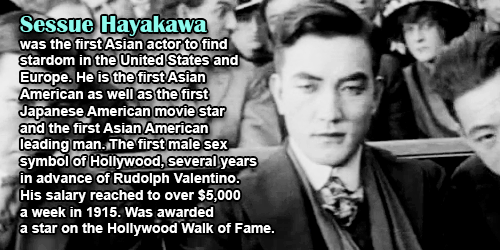
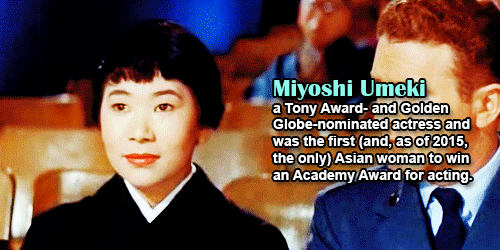
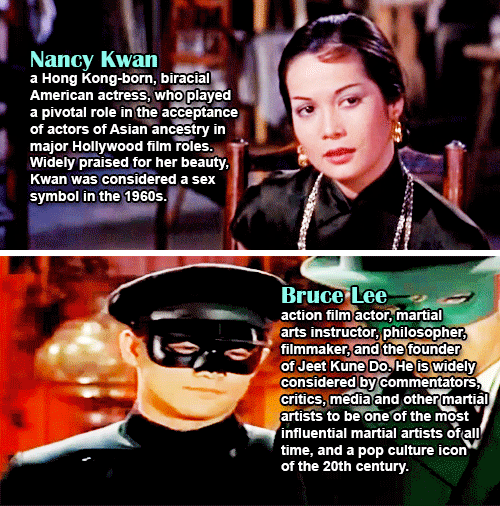
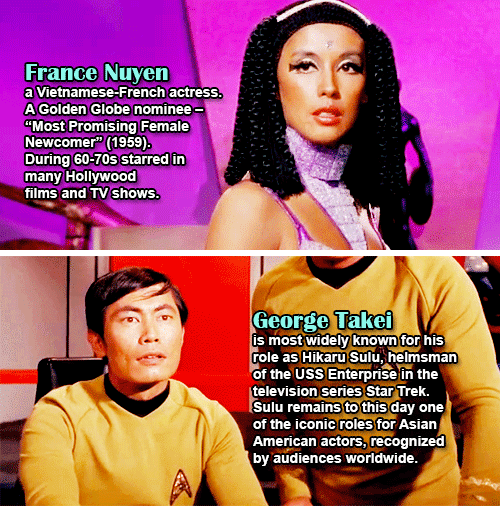

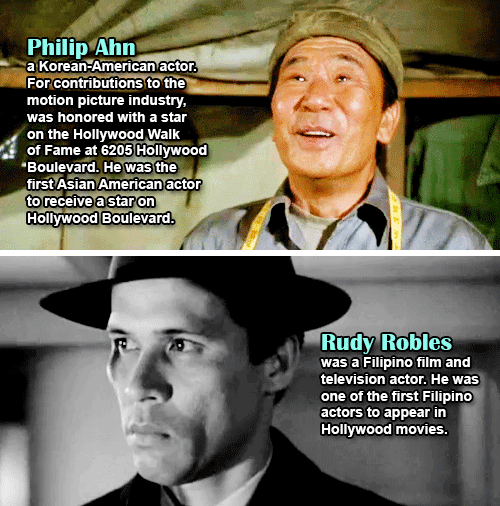
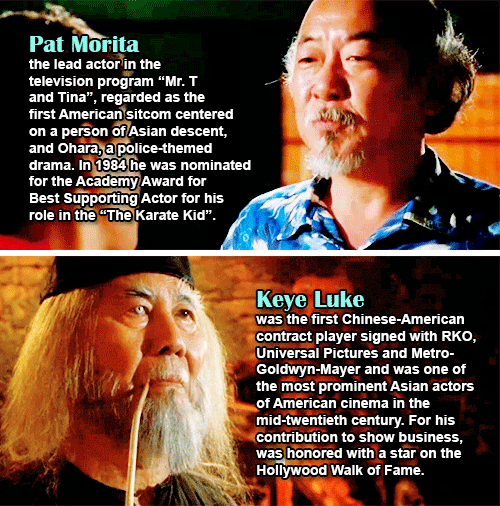

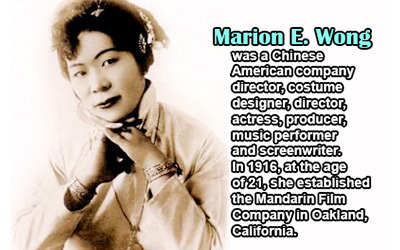
There were also other pioneering [East and Southeast] Asian American actors like Benson Fong, Victor Sen Yung, Lotus Long, Suzanna Kim, Barbara Jean Wong, Fely Franquelli, Chester Gan, Honorable Wu, Kam Tong, Layne Tom Jr., Maurice Liu, Teru Shimada, Willie Fung and Wing Foo; all began their film careers in the 1930s and ‘40s.
With the relatively small percentage of actors that support themselves by acting, it was only logical that they should try to limit the available talent pool as much as possible. One way of doing this was by placing restrictions on minority actors, which, in the case of Asian actors, meant that they could usually only get roles as houseboys, cooks, laundrymen, and crazed war enemies, with the rare “white hero’s loyal sidekick” roles going to the big name actors. When the script called for a larger Asian role, it was almost inevitably given to a white actor. (A Brief History of Hollywood Yellowface)
37K notes
·
View notes
Photo







Reminder that every Animorph book had a flipbook in the bottom-right corner of the pages. (x, x)
@thesylverlining
2K notes
·
View notes
Photo




The First Quarter Storm of 1970: The Philippines on the Brink
In one of the dirtiest and controversial elections in Philippine history, the 1969 Presidential Elections was held on November 11, 1969, as more than 8 million Filipinos trooped the precincts to cast their vote for the next President of the Philippines. Prior to this, President Ferdinand Marcos was chosen as the standard-bearer of the Nacionalista Party and Senator Sergio Osmeña Jr. was chosen for the Liberal Party. In the campaign trail, Marcos had the government resources at his disposal to clinch a re-electoral win, with First Lady Imelda Marcos effectively campaigning for him.
According to Primitivo Mijares, a former Marcos pressman who became a victim of forced disappearance, Marcos overspent public and privately supplied funds for his “win at all costs” reelection campaign. This resulted in inflation in 1970, when the exchange rate dropped from P3.90 - $ 1.00 to P6.85 - $ 1.00.
On the opposition’s side, the oratorical skills of Senators Ninoy Aquino and Jovito Salonga wooed the crowds to vote for Serging. Amidst all of this, defections, a common electoral affair took place. If Marcos’s chosen running mate was the uncharismatic and stubborn Fernando Lopez, Genaro Magsaysay was the running mate of Osmeña. Despite the fact that Magsaysay was a Nacionalista, it was the Liberal Party’s decision to nominate him under the party’s banner, much to the dislike of many Liberals, and therefore causing massive defections.
Meanwhile, street demonstrations went unabated, as the price hikes continued. The protesters became more violent if only in response to the deaf ears of the administration and the increasing violence that police have inflicted upon initially peaceful rallyists. Beginning from the simple school issues in 1966, snowballing into large issues such as poverty, U.S. dependence, and graft & corruption by 1969, student activists grew in number from small pockets to thousands by 1970. From peaceful picketing, the rallyists upped their ante in proportion to police’s the mauling by use of truncheon. They learned how to hurl molotov cocktails and pillboxes. The police in turn, occasionally gunned the crowd (one University of the East student, Prudencio Tan was shot on the neck in 1966), or mauled a captured protester in the frenzy of a riot.
There was much talk of Marcos winning his reelection, the first under an independent Philippine Republic. As Congress counted the ballots, it was officially declared, albeit unsurprisingly: Osmeña lost to Marcos by over two million votes. Both Marcos and Lopez came out as victors.

*President Ferdinand Marcos takes his oath as the President of the Philippines for a second time, the second re-electionist President since Quezon. December 30, 1969. Source: Presidential Museum and Library.
Plans were immediately made for President Marcos’ second inaugural scheduled on December 30, 1969. But Marcos’s mind was clearly set not only on his second term, but beyond it, even when he publicly denied it. According to Juan Ponce Enrile, who was then Marcos’s Justice Secretary, sometime that month, Marcos ordered him to do a study on the Constitutional powers of the president as commander-in-chief in the event of an escalation of violence and disorder. The instruction was, “The study must be done discreetly and confidentially.”
Enrile wrote that after the inaugural, on New Year’s Day of 1970, he called on Efren Plana of the UP College of Law, who also referred Minerva Gonzaga Reyes, to help him in this feasibility study on Martial Law that Marcos ordered. A comprehensive research was subsequently conducted by the team, secretly rummaging the books in the Supreme Court, UP College of Law and the Justice Department, searching for that loophole in the 1935 Constitution. And they found it. Martial Law can be declared indefinitely since there were no constitutional limits to it.
At around the same time, Marcos called on Executive Secretary Alejandro Melchor and Jose Almonte to research on how martial rule was done in other countries and what its effects were. Being a “sigurista,” Marcos wanted to be sure. Almonte presented to Marcos the result of their study, saying “while Martial Law may accelerate development, in the end the Philippines would become a political archipelago, with debilitating, factionalized politics.” It would result in polarization and divisiveness. It was not a pleasant thought.
Of course, all this talk of extending the two-term limit of the president would not be enough. Legally, it would not hold water. However, Marcos saw an opportunity. Public opinion had been moving towards the possibility of updating or amending the Constitution. And amending the Constitution meant holding an election of delegates for a Constitutional Convention, a body tasked by the 1935 Constitution to edit and ratify the amendments. It would also mean that if the current form of government was changed to parliamentary, he become Prime Minister, further extending his rule. One of the would-be elected delegates of the ConCon to be held on November 1970 was Aquilino Pimentel, Jr. (the father of the current Senate President). Pimentel writes:
“In 1970 … Marcos called for the Constitutional Convention, to amend the 1935 Constitution, which had governed the nation for the last 35 years. The premise was that we needed a new constitution that would capture the soul and aspirations of the Filipino. The argument was that the 1935 Constitution was ‘a colonial document’ because it had provisions allowing the presence of the U.S. military bases in the country and requiring the approval of the U.S. President to make it effective even after the Filipino people ratified it.”
Journalist Pete Lacaba describes the general sentiments of the people at the time:
“When the year [1970] began, the talk was persistent that the newly elected President was already eyeing a third term, and the news leaked out that the major political parties were already re-oiling their machines in preparation for the coming Constitutional Convention elections. Tidings of this sort could only heighten the people’s already intense contempt for politicians in power. At the same time, unnoticed by a sensation-hungry press, the campuses were seething more violently than a witches’ cauldron.”

*President Ferdinand Marcos delivers his fifth State of the Nation Address, the first of his second term, on January 26, 1970 at the Legislative Building. Journalist Pete Lacaba comments: “No one would recall what it was all about.” Photo source: Presidential Museum and Library.
That was why, when President Marcos delivered his fifth State of the Nation Address, or rather the first one of his second term, an unprecedented 20,000 to 50,000 students (estimation by Lacaba) flocked P. Burgos Drive, the street in front of the Legislative Building. Edgar Jopson, an Atenean, and president of the moderate National Union of Students in the Philippines (NUSP), was the one who filed the rally permit to the city government of Manila. Hence, speakers and microphones were set up, as the students voiced their agreement to each speaker on the podium. NUSP was also joined by the Kabataang Makabayan, Samahang Demokratiko ng Kabataan, Malayang Pagkakaisa ng Kabataang Pilipino, Kilusan ng Kabataang Makati, National Association of Trade Unions, and Malayang Samahang Magsasaka.

*Protesters flock, shout and sing in front of Congress numbering to around 50,000 people, during President Marcos’ State of the Nation Address, January 26, 1970. Source: Presidential Museum and Library.
Marcos delivered his SONA, which nobody in the crowd even bothered to understand, as to them he was a “MARcos, PUPpet! MARcos, PUPpet!” Visible in the crowd were three items: a large crocodile made of cardboard to symbolize the “buwayas” of Congress, a large coffin made of cardboard to symbolize the death of democracy, a large effigy of Marcos ready to be burned, and placards with “HITLER” inscribed on the calendars that Marcos gave away during the campaign.


*The cardboard/papier mache crocodile (Above) and coffin (below) that protesters hurled on Marcos as he went out of the Legislative Building on January 26, 1970. Sources: Presidential Museum and Library and the FQS Library.

*Police and military officers surround the Legislative Building to protect President Marcos, January 26, 1970. Source: FQS Library.
At around 5:30 pm, as Marcos made his way out of the Legislative Building and where on the steps down, Lacaba as witness to the event recounts:
“When [Marcos] came out of building…, to the flash of bulbs and the scamper of security men, unseen hands hurled the cardboard coffin and the cardboard crocodile in his direction, the effigy was set on fire, and down on Burgos Drive arose an insistent chant, denouncing the puppetry of the national leadership. Then all hell broke loose.”

*Presidential security body shielding President Marcos as he entered his limousine while a rain of placard handles fly all around, January 26, 1970. Source: Presidential Museum and Library.
A riot ensued, as the crowd was pushed by the police, hitting the crowd using a rattan truncheon, while the protesters retaliated by throwing pebbles, placards, softdrink bottles and even chairs. Marcos wrote on his diary:
“I could not go into the car as Imelda kept standing on the stairs. Col. Ver tried to push me inside but I ordered the First Lady to be fetched and put inside first. Since she could not be pulled by anyone, I had to do it myself. I am afraid I pushed her into the car floor much too hard. Anyway I bumped my head behind the right ear against the car’s door side and twisted my weak right ankle again. We moved out under a hail of stones. But the PSA agent covering me, Agent Suson, was hit in the forehead and left eye and took four stitches. I thought it was Col. Ver as his barong was splashed with splotches of blood but Suson’s blood had spilled on him as he was on my right.”
Ferdinand and Imelda Marcos had a quick getaway via the presidential limousine, as shouts of the thousands could be heard: “Makibaka! Huwag matakot!”

“Cooler head” student protesters try to pacify the police. Source: FQS Library.

*Kabataang Makabayan led by Joma Sison on the night of January 26, 1970, continuing the protest until they were forcefully dispersed by the police. Source: Presidential Museum and Library.
Lacaba notes:
“Each time they [protesters] attacked, the cops grew more frenzied, maddened and bewildered by the defiance they had not expected and could not understand.”
It was the first violent protest of this scale, which would bother even Congress, calling for a joint probe on the matter two days after.

*Students protesters use streamers to block police in pursuit on the night of January 26, 1970. Source: FQS Library.

*Police with truncheons chased some protesters all the way back to their jeepneys, January 26, 1970. Source: FQS Library.

*Mervin Encanto of NUSP crouches to the ground as he is truncheoned by the police, January 26, 1970. Source: FQS Library.
Marcos himself would write on his diary that night:
“After the State of the Nation address, which was perhaps my best so far, and we were going down the front stairs, the bottles, placard handles, stones and other missiles started dropping all around us on the driveway to the tune of a ‘Marcos, Puppet’ chant… Some advisors are quietly recommending sterner measures against the Kabataang Makabayan. We must get the emergency plan polished up.”
Unknown to Marcos, he had just triggered the First Quarter Storm, a series of violent street demonstrations that would extend up to March of 1970, and beyond.
It would define a generation.
Lacaba, in vivid words, described it:
“The memory of those turbulent days and nights, in those first three months of the opening year of a new decade, turns the air electric in an instant, and suddenly one is reliving a moment in time, feeling once again a throbbing in the temples, a quickening of the pulse, a fever in the blood. Sounds and images from the past rush into the mind: the blood-splattered truncheon, the fires in the night, the staccato of armalites, the thunder of homemade bombs, the teargas crawling down streets and alleys, the flag carried with the red field up, the fist in the air, the trump of tired resolute feet, and most of all, the faces of an awakened nation, the dusty, sweaty, exultant faces of militant young men and women on the march, signing the vivid air with their courage. It was a glorious time, a time of terror and of wrath, but also a time for hope. The signs of change were on the horizon. A powerful storm was sweeping the land, a storm whose inexorable advance no earthly force could stop, and the name of the storm was history.”
The Road to Martial Law is a series of blog posts documenting the unprecedented rise of a Filipino dictator and the sudden death of Philippine democracy with the declaration of a nationwide Martial Law via live television on September 23, 1972.
The Road so far:
- It Takes a Village to Raise a Dictator: The Philippines Before Martial Law
- Marcos Beginnings
- Truth or Dare?: Marcos during WWII
- The Turbulent ‘60s and Marcos’ Ascent to Power
- The Gathering Storm: Beginnings of the Communist insurgency and Moro secessionism in the ‘60s
Photo slide above:
(1) 50,000 people assembled in protest calling for a non-partisan Constitutional Convention led by the NUSP in front of Congress (now National Museum) on January 26, 1970 in time for President Marcos’ first State of the Nation Address (SONA) for his second term. This triggers the First Quarter Storm. Source: "UG: An Underground Tale" by Benjamin Pimentel.
(2) Students from the National Unions of Students in the Philippines at P. Burgos Drive, the street fronting the Legislative Building, January 26, 1970. Courtesy of the FQS Library
(3) A rallyist surrounded by police with truncheons, caught on camera. Later on, Jerry Bariccan of the UP Student Council would prevent the guy from being arrested, January 26, 1970. Courtesy of the FQS Library.
(4) President Ferdinand Marcos and his family does the ceremonial ascending of the Malacañan Palace Grand Staircase for the second time as the first reelectionist President since Quezon, December 30, 1969. Courtesy of the Presidential Museum and Library.
Bibliography
Almonte, Jose and Vitug, Marites. Endless Journey: A Memoir. Quezon City: Cleverheads Publishing, 2015.
Enrile, Juan Ponce. Juan Ponce Enrile: A Memoir. Quezon City, ABS-CBN Publishing Inc., 2012.
Lacaba, Jose. Days of Disquiet, Nights of Rage: The First Quarter Storm & Related Events. Pasig City: Anvil Publishing, Inc., 2003.
Liang, Dapen. Philippine Parties and Politics: A Historical Study of National Experience in Democracy. San Francisco, The Gladstone Co., 1970.
Kiunisala, Edward, “How Lopez won,” Philippines Free Press, November 29, 1969, link.
Marcos, Ferdinand E., “January 26, 1970,” Philippine Diary Project, link.
Mijares, Primitivo. The Conjugal Dictatorship of Ferdinand and Imelda Marcos. San Francisco: Union Square Publications, 1976.
Pimentel Jr., Aquilino. Martial Law in the Philippines: My Story. Mandaluyong City: Cacho Publishing House, 2006.
Rama, Napoleon, “The Final Round,” Philippines Free Press, November 1, 1969, link.
Robles, Raissa. Marcos Martial Law: Never Again, Student Edition. Quezon City: Filipinos for a Better Philippines, Inc., 2016.
*Credits to my history colleagues Sasha Wong, Jad Arcinas and Coli Cardeño, who helped me gather these sources last year.
68 notes
·
View notes
Photo

Filipina actress Nela Álvarez’s made her screen debut in 1936 and appeared in about five more movies before World War II brought film production in the Philippines to a halt. In 1948, she continued her film career and worked throughout the next two decades. Álvarez was also the star catcher on one of the first women’s softball teams in the Philippines.
2K notes
·
View notes
Text
laidT for the upside down GAWDS
what is stranger things about?
61K notes
·
View notes
Text
hades isn’t a badass. hades named his three-headed-guard-of-the-underworld-dog spot. hades whispers to his flowers to make them grow. hades grows fruit. there’s no sun in the underworld.
hades isn’t a badass. stop saying this false thing
605K notes
·
View notes
Link
6K notes
·
View notes
